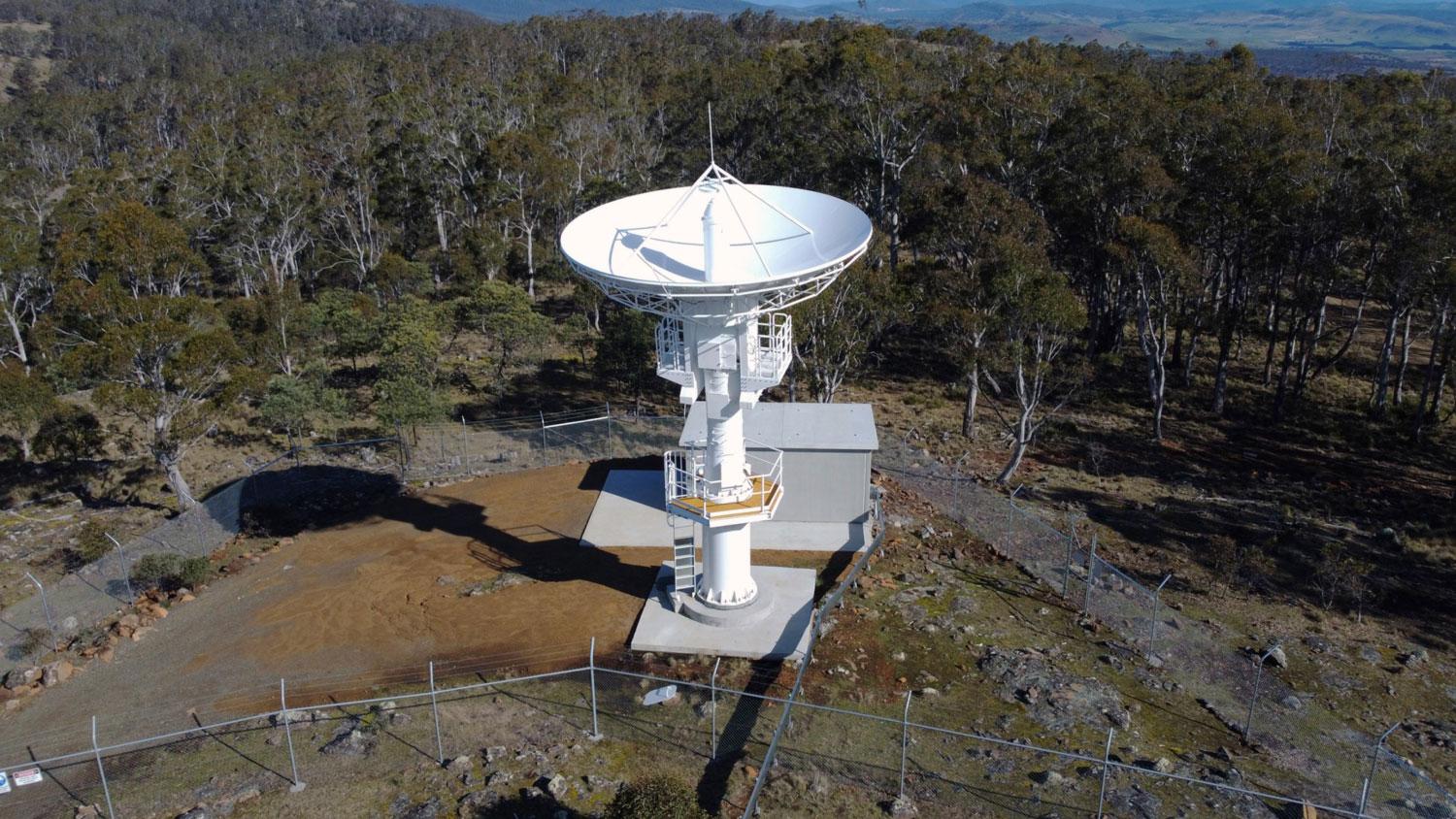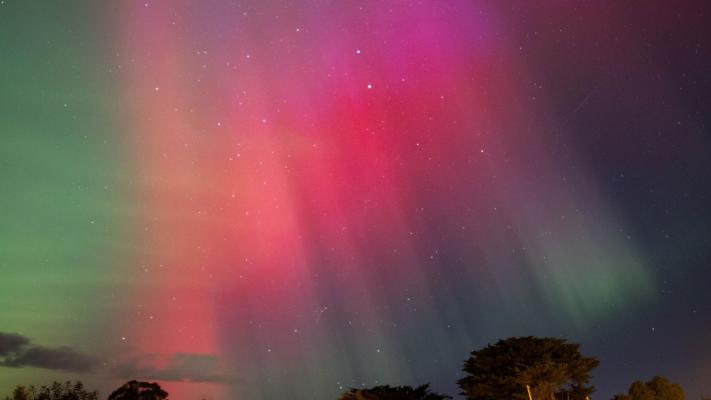Our transition into springtime will likely conclude the spectacular season of aurora viewing we’ve enjoyed in Australia this year. But while it’s been an exciting time for stargazers, did you know it also makes plenty of people nervous?
That’s because the solar storms that create auroras can cause major damage to satellites in space and critical infrastructure on Earth, such as transformers for our electricity grid. The effects can disrupt many of the services we rely on in our everyday lives – like communications, navigation services, and transport and logistics systems – and prove costly to repair.
The University of Tasmania's Greenhill Observatory, situated about 50km north of Hobart, features a $2m space communications antenna supported by our Space Infrastructure Fund, and it’s now involved in pioneering research on how space weather impacts Earth’s infrastructure.
Researchers are using the antenna to run radio science experiments with spacecraft, to learn more about how coronal mass ejections (CMEs) develop and impact Earth and the wider solar system. The aim is to help organisations like the Bureau of Meteorology better predict and model CMEs – so infrastructure operators can plan effective back-up strategies, and satellite operators can plan protective manoeuvres in orbit. And on top of that, the results could also help everyone get better aurora photos!
We're not just interested in the auroras themselves, but in understanding the solar events that cause them… we aim to predict these events more accurately and protect vulnerable ground and space-based assets.”
~ Jasper Edwards, University of Tasmania Researcher

Fast facts
Fast facts
- Greenhill Observatory opened in 2013, and added a 7.3m-tall Agency-funded antenna in 2023.
- The antenna is the southernmost of its kind worldwide, and enables two-way communication with spacecraft.
- The antenna is helping to research solar storms and how they affect important Earth infrastructure.

Australia’s Space Infrastructure
As the national space agency, we back the development of state-of-the-art space infrastructure across the country.
Main image credit: Oliver White

